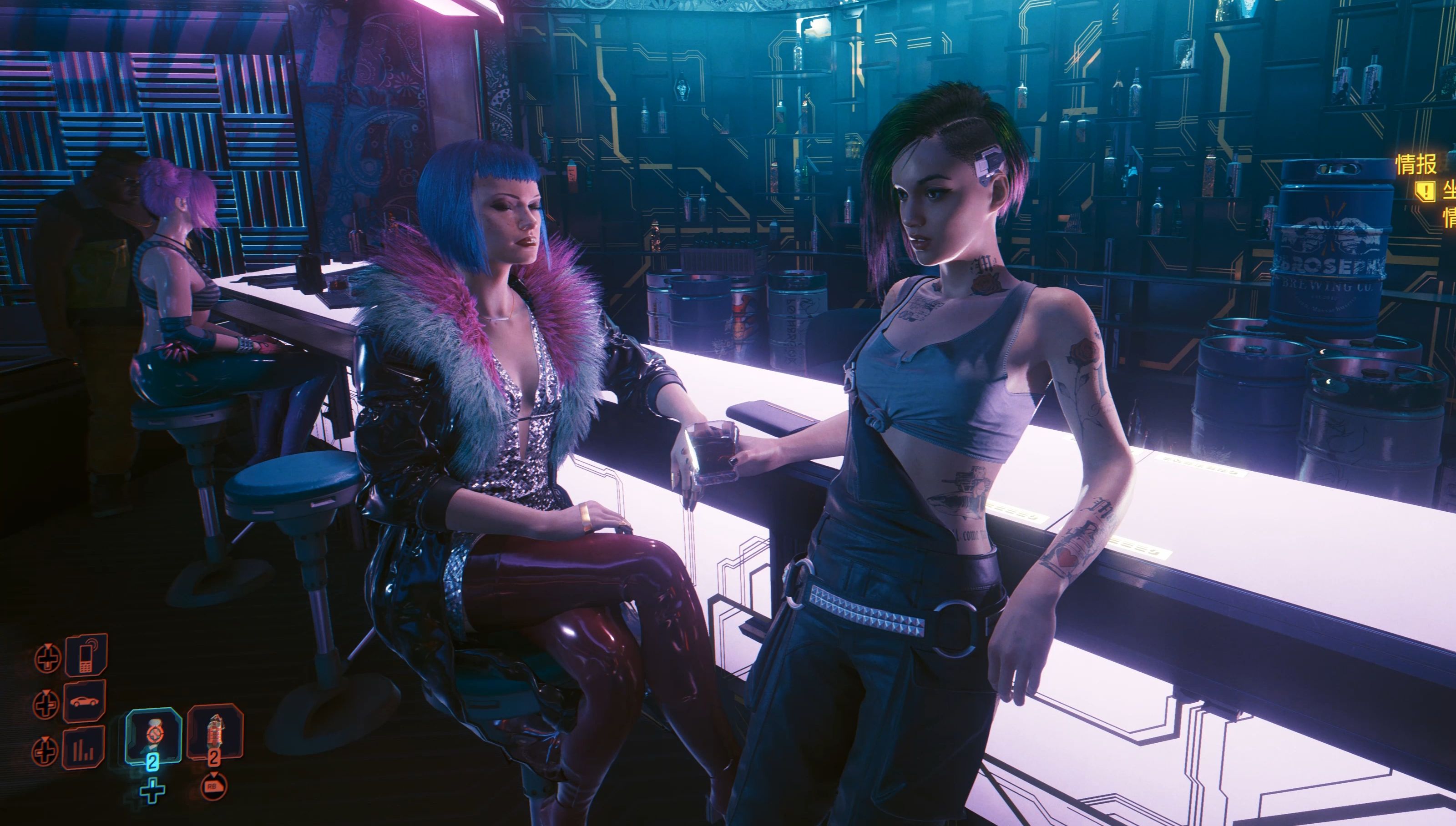The term "JRPG" often conjures a specific set of images: spiky-haired teenagers wielding oversized swords, turn-based combat on a grid, and narratives that pivot on saving the world from a primordial evil. For decades, Nintendo and Intelligent Systems' Fire Emblem franchise has been a paragon of this genre, a bastion of tactical depth and character-driven storytelling. Yet, as the gaming landscape evolves, becoming increasingly interconnected and cross-pollinated, a compelling question arises: Does Fire Emblem possess a unique crossover potential that extends beyond its core fanbase? The answer, upon examining its structural DNA and recent commercial successes, is a resounding yes. Fire Emblem is not merely a JRPG; it is a meticulously crafted ecosystem of systems, characters, and narrative frameworks that is uniquely primed for expansive crossover endeavors.
The most potent evidence of this potential lies not in theory, but in practice. Fire Emblem Heroes, the mobile gacha game released in 2017, stands as a monumental case study. It distilled the franchise's core appeal—collectible, beloved characters and strategic, rock-paper-scissors combat—into an accessible, free-to-play format. By placing characters from every corner of the Fire Emblem multiverse onto a single platform, it didn't just cater to existing fans; it created a gateway. A player drawn in by the stylish designs of Three Houses might discover and grow attached to the classic heroes of The Blazing Blade or Path of Radiance. Heroes functions as a perpetual, low-stakes crossover event, normalizing the idea of a unified Fire Emblem "World of Hope" and proving the immense marketability of its character roster. Its staggering financial success, consistently ranking among the top-grossing mobile apps, is a quantitative testament to the brand's crossover appeal within its own franchise—the foundational step for broader external crossovers.
However, the true depth of Fire Emblem's crossover viability lies not just in its popular characters, but in the modularity of its core gameplay systems. The "Weapon Triangle" (swords beat axes, axes beat lances, lances beat swords) is a simple, intuitive, and universally understandable mechanic. It is a language of combat that can be easily taught and integrated. When Fire Emblem characters crossed over into Nintendo's Super Smash Bros. series, they didn't just bring their likeness; they brought a simplified version of this tactical essence. Marth's tipper mechanic rewards precise spacing, a nod to the positional strategy of his home games. Robin's limited-use Levin Sword and Tomes mirror the durability and resource management central to classic Fire Emblem. This demonstrates that the franchise can export not just its characters, but its gameplay philosophy, allowing it to enrich the systems of the host game rather than feeling like a superficial skin.
This systemic modularity extends to its narrative and character-building frameworks. The Support system—where characters build relationships through conversations, unlocking stat bonuses and personal backstories—is a ready-made template for cross-media storytelling. Imagine a crossover RPG where a stoic hero from The Legend of Zelda can earn Support conversations with a pragmatic mercenary from Fire Emblem. The narrative potential is immense, allowing for character-driven interactions that are the heart of both franchises. Similarly, the class system, with its branching promotion paths (e.g., Myrmidon -> Swordmaster or Assassin), offers a flexible toolkit for integrating characters from other universes. A character from Xenoblade Chronicles could be slotted into this system, given a base class, and offered promotion options that feel authentic to both their original identity and the rules of Fire Emblem.
The most ambitious and revealing test of this potential was Fire Emblem: Three Houses. The game itself is a masterclass in internal crossover, blending the tactical SRPG core with life-simulation elements reminiscent of Persona. This fusion was a resounding success, broadening the game's appeal dramatically. It proved that the Fire Emblem framework is robust enough to absorb and synergize with mechanics from other genres without losing its identity. If Fire Emblem can successfully cross over with the social sim genre, the logical next step is to see it blend with other IPs in a more direct way. A full-scale crossover title, perhaps with a franchise like Final Fantasy Tactics or The Legend of Zelda, no longer seems like a fantasy but a plausible evolution.

Of course, the path to successful crossover is not without its challenges. Fire Emblem's narrative strength often lies in its permanence—the weight of permadeath and the consequences of war. Integrating this with a franchise that has a different tonal approach, say the light-hearted adventure of Super Mario, would require careful handling to avoid dissonance. The solution lies in selective pairing and creative framing. A crossover with the more mature, politically charged world of Game of Thrones (in its Tellius-era tone) would be far more seamless than one with a purely whimsical universe. Furthermore, projects like Tokyo Mirage Sessions ♯FE, a crossover with Shin Megami Tensei, demonstrated that a stylistic and tonal shift, while divisive, can carve out its own successful niche by focusing on a specific, synergistic blend of mechanics (in this case, idol culture and demon fusion).
Ultimately, Fire Emblem's crossover potential is a function of its multi-layered identity. It is, at once:
- A Character Repository: It boasts one of the most extensive and deeply-developed casts in gaming, with rich backstories and distinct visual designs that make them ideal for guest appearances, from Smash Bros. to Monster Hunter-style collaborations.
- A Systemic Toolkit: Its combat, class, and Support systems are modular, understandable, and deep, allowing them to be imported or adapted to create meaningful gameplay fusion.
- A Narrative Engine: Its stories of war, politics, and camaraderie provide a strong dramatic foundation that can be scaled to accommodate other worlds and their heroes.
The success of Fire Emblem Heroes and the genre-bending ambition of Three Houses have already laid the groundwork. The franchise has graduated from being a niche JRPG to a gaming pillar with a clearly defined and highly marketable set of assets. The next logical frontier is not merely to continue its internal crossovers, but to look outward. Whether through a major collaborative project with another flagship franchise or a series of smaller, strategic guest appearances, Fire Emblem stands on the precipice of becoming a central hub in a wider network of gaming universes. Its potential for crossover is not just high; it is, in many ways, the next chapter waiting to be written in its own long and storied history.
















